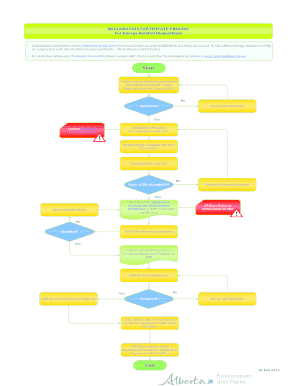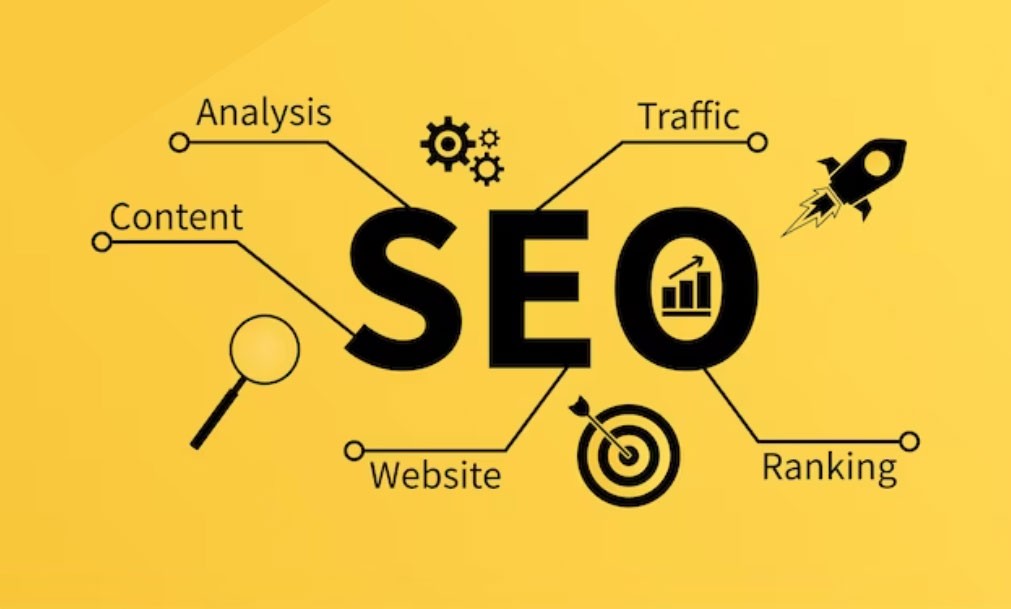
Introduction
In the ever-evolving world of SEO, broken links can be a silent killer for your website’s performance. When users or search engines encounter a 404 error, it not only frustrates them but also signals to Google that your site may not be well-maintained. This is where Broken Link Reclamation comes into play. It’s a critical process that allows you to identify, fix, or replace dead links on your site or those pointing to your content, ensuring that valuable SEO equity isn’t lost.
This article will guide you through the importance of broken link reclamation, how it impacts your SEO, and actionable steps to implement it effectively. Whether you’re an SEO novice or a seasoned professional, understanding and applying these techniques can significantly improve your site’s visibility, user experience, and overall ranking potential.
What Is Broken Link Reclamation and Why It Matters
Broken link reclamation is the process of identifying and addressing hyperlinks that no longer lead to functional pages—either on your own site or on external websites linking to your content. These links are often referred to as “dead” or “broken,” and they can negatively affect both user experience and search engine optimization.
When a link is broken, it means that either the page it points to has been deleted, moved, or renamed without proper redirection, or the URL itself is incorrect. In such cases, users who click on the link are met with a “404 – Page Not Found” error, which can lead to high bounce rates and poor engagement metrics.
From an SEO perspective, broken links can cause several issues:
- Loss of Link Equity: Links that point to non-existent pages don’t pass any SEO value.
- Poor User Experience: Visitors may leave your site if they encounter broken links.
- Crawling Issues: Search engines like Google may struggle to crawl and index your site properly if there are too many broken links.
By reclaiming these links, you can recover lost SEO value, improve user experience, and maintain a healthy backlink profile.
How Broken Link Reclamation Impacts SEO Performance
The impact of broken link reclamation on SEO can be significant, especially when done strategically. Here are some key ways it affects your site’s performance:
1. Improves Crawl Efficiency
Search engines use crawlers to index your site. If there are numerous broken links, it can slow down the crawling process and prevent important pages from being indexed. By fixing these links, you help search engines navigate your site more efficiently, which can boost your rankings.
2. Enhances User Engagement
A seamless browsing experience is crucial for retaining visitors. When users encounter broken links, they’re more likely to leave your site, increasing your bounce rate. Fixing broken links ensures that users can easily find what they’re looking for, improving engagement and time on site.
3. Boosts Backlink Authority
If another website links to your content and that link is broken, it can hurt your site’s authority. By reaching out to the site owner and suggesting a fix, you can turn that broken link into a valuable backlink, enhancing your domain authority.
4. Supports E-E-A-T (Experience, Expertise, Authoritativeness, Trustworthiness)
Google prioritizes sites that demonstrate high levels of E-E-A-T. A well-maintained site with few broken links shows that you’re committed to quality and reliability, which can improve your trust score in the eyes of search engines.
Step-by-Step Implementation Framework
To effectively reclaim broken links, follow this structured approach:
1. Audit Your Site for Broken Links
Start by using tools like Screaming Frog, Ahrefs, or Google Search Console to crawl your site and identify all broken internal and external links. These tools will flag 404 errors and other issues that need attention.
2. Prioritize High-Value Links
Not all broken links are created equal. Focus on links that:
- Point to high-authority pages
- Have a lot of traffic
- Are from reputable sources
Tools like Majestic or SEMrush can help you assess the value of each link and prioritize which ones to fix first.
3. Fix or Redirect Broken Links
Once you’ve identified the broken links, take action:
- For Internal Links: Update the URL to the correct one or set up a 301 redirect to the new location.
- For External Links: Reach out to the webmaster and request that they update the link. You can also offer to provide the correct URL or suggest a relevant replacement.
4. Monitor and Maintain
After fixing broken links, continue monitoring your site using tools like Google Analytics and Google Search Console. Regular audits will help you catch new broken links before they impact your SEO.
5. Optimize for Freshness and Relevance
Ensure that the pages you’re linking to are updated and relevant. Google favors fresh, high-quality content, so make sure your links point to pages that are current and valuable to users.
Real or Hypothetical Case Study
Let’s imagine a scenario where a company, TechGear Inc., noticed a drop in organic traffic. Upon auditing their site, they found over 200 broken links across various pages.
By implementing a broken link reclamation strategy, they:
- Fixed 150 of the most valuable internal links
- Reached out to 30 external websites with broken backlinks and successfully got 25 of them updated
- Set up 301 redirects for pages that had moved
As a result, TechGear saw a 22% increase in organic traffic within three months and a 15% improvement in user engagement metrics. Their site became more navigable, and their backlink profile strengthened significantly.
Tools and Techniques for Broken Link Reclamation
Here are some of the best tools to help you reclaim broken links:
- Screaming Frog – A powerful tool for crawling your site and identifying broken links.
- Google Search Console – Provides insights into crawl errors and helps monitor your site’s health.
- Ahrefs – Offers detailed backlink analysis and helps identify broken external links.
- Majestic – Great for analyzing backlink profiles and finding opportunities for link reclamation.
- Ubersuggest – A free tool that helps identify broken links and provides SEO suggestions.
- Check My Links (Chrome Extension) – A quick way to check for broken links directly in your browser.
Future Trends and AI Implications
As AI continues to shape the future of SEO, the importance of broken link reclamation will only grow. Search engines like Google are becoming more sophisticated in how they evaluate content and user experience. AI-driven algorithms are better at detecting low-quality or outdated content, making it even more critical to maintain a clean and well-structured site.
Additionally, with the rise of voice search and multimodal search, the need for accurate and up-to-date links becomes even more important. Users are increasingly relying on voice assistants and visual search tools, which require precise and reliable information.
To stay ahead, focus on automating your broken link audits using AI-powered tools and proactively maintaining your site’s structure. This will ensure that your content remains accessible and valuable to both users and search engines.
Key Takeaways
- Broken link reclamation is essential for preserving SEO value and improving user experience.
- Use tools like Screaming Frog, Google Search Console, and Ahrefs to audit and fix broken links.
- Prioritize high-value links and focus on fresh, relevant content.
- Implement 301 redirects and reach out to webmasters to update broken backlinks.
- Stay ahead of the curve by monitoring your site regularly and adapting to AI-driven search trends.
By taking a proactive approach to broken link reclamation, you can protect your site’s SEO performance and ensure long-term success in the competitive digital landscape.
Meta Title: Broken Link Reclamation — Fixes and Alternatives to Preserve Your SEO Value
Meta Description: Learn how to reclaim broken links to preserve your SEO value, improve user experience, and boost your site’s visibility. Discover actionable steps and tools for effective link reclamation.
SEO Tags (5): broken link reclamation, SEO value, link building, user experience, site maintenance
Internal Link Suggestions: [Parameter #1: Technical SEO Audit], [Parameter #7: Content Clustering], [Parameter #11: Evergreen & Fresh Balance]
External Source Suggestions: https://www.screamingfrog.co.uk/, https://search.google.com/search-console, https://ahrefs.com/







